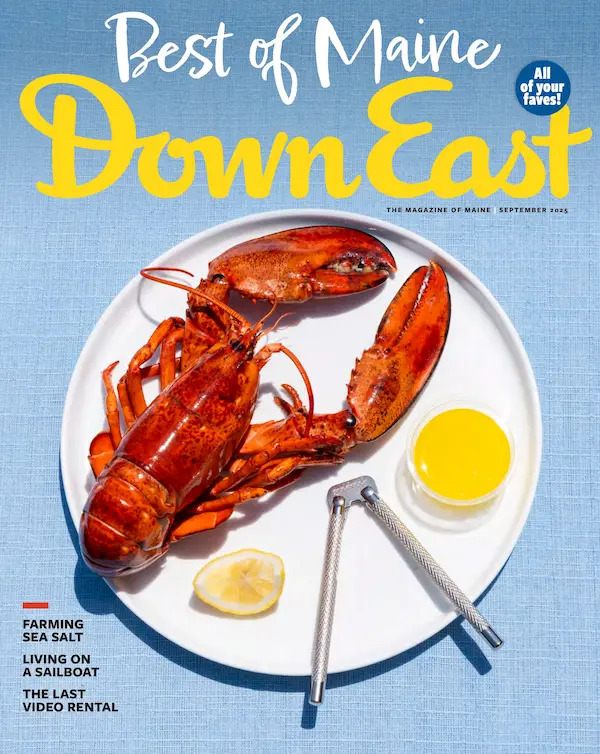From our February 2017 issue
Stats updated February 2025
3 million
Oysters produced annually in Maine, give or take, according to UMaine’s Sea Grant program.
150
Oyster farmers in the state, as of last count by the Maine Aquaculture Innovation Center — a number that’s been on the rise for years.
43
Approximate calories you’ll consume if you split a dozen oysters with your Valentine. Even if they aren’t libido enhancing, they’re low in fat, high in protein, and rich in vitamins and minerals.
18
Roughly how many months it takes the average Maine oyster to grow large enough to harvest. “Due to their superior quality, nearly all of Maine’s oysters go to the raw or half-shell market,” notes the Sea Grant program’s Catherine Schmitt.
2
Species — Crassostrea virginica (eastern oysters) and Ostrea edulis (European flat oysters) — raised in Maine. The former are natives, but only a few wild populations survived past the last ice age, most notably in the Sheepscot River.
$35
Price per dozen half-shells at Eventide, the Portland oyster bar that Condé Nast Traveler ranked among the 100 best restaurants in the world. Not a bad way to impress a date.
1972
Year that Herb Hidu, a UMaine professor and a founding father of the Maine aquaculture industry, started experimenting with oyster cultivation on the Damariscotta River.




